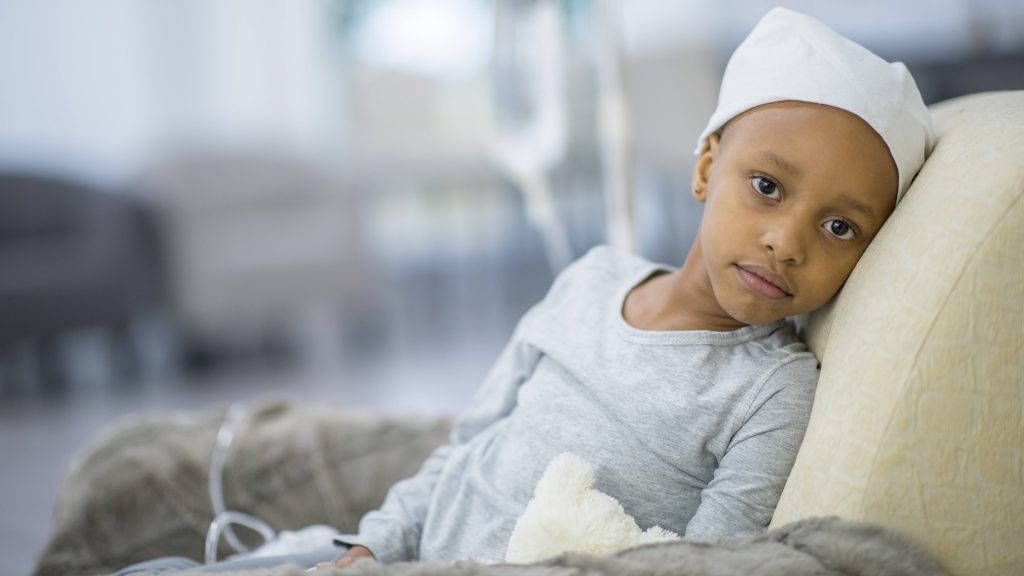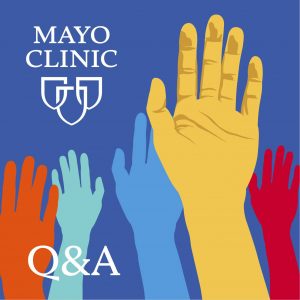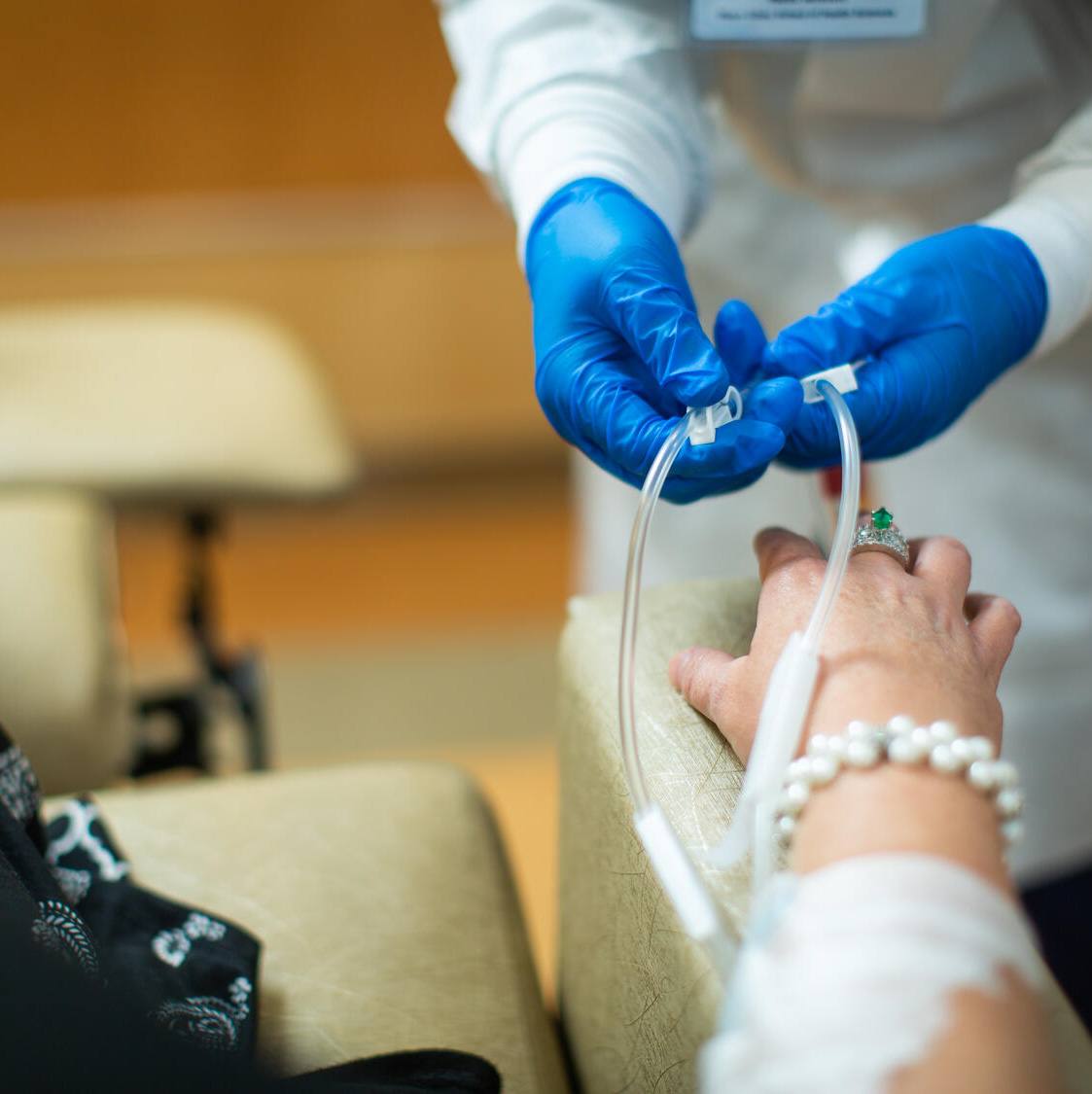-
Mayo Clinic Q&A podcast: Raising awareness of childhood cancer

While childhood cancer is rare, 1 in every 266 children and adolescents will be diagnosed with cancer by age 20, according to the American Cancer Society. Each September, advocacy groups, health care institutions, patients and families recognize Childhood Cancer Awareness Month to help families who receive a cancer diagnosis.
“A lot of people still don't know what to do if a child is diagnosed with cancer or where to go,” explains Dr. Wendy Allen-Rhoades, a Mayo Clinic pediatric hematologist and oncologist. “We want people to know that we know that a cancer diagnosis is scary. We know that it’s life-altering. But we also want you to know that there's hope, that we are doing really good things here at Mayo Clinic and elsewhere. And there is hope for a cure, and there is life after childhood cancer.”
Dr. Allen-Rhoades says funding is needed for more pediatric cancer research to continue to improve treatments. One area of focus for her has been sarcomas. Sarcoma — the term for a group of cancers that begin in the bones and in the soft or connective tissues — is one of the more common types of childhood cancer.
Fortunately, recent treatment advances have increased survival rates. Of children diagnosed with cancer, 84% now survive five years or more. One of the advances in treatment has been improvement in radiation therapy techniques and the use of proton beam therapy to treat pediatric cancers.
"Radiation therapy works very well for sarcomas," says Dr. Wendy Allen-Rhoades, a Mayo Clinic pediatric hematologist and oncologist. "And the difference between conventional radiation and proton therapy radiation is that our radiation oncologists are able to contour a little bit tighter with proton therapy. Therefore, the surrounding tissue that is normal is spared from some of the side effects. This is really important in children who are growing because we want them to be able to grow normally."
In addition to sparing healthy tissue from the effects of radiation, people who must undergo radiation therapy early in life are less likely to have long-term side effects and complications, such as secondary cancers, with proton beam therapy than with conventional radiation therapy.
While treatments and cure rates for sarcomas have improved, Dr. Allen-Rhoades hopes for even better results in the future.
“Sarcomas have been a tough nut to crack for sure in terms of research and novel innovative therapies,” says Dr. Allen-Rhoades. “We still have a ways to go, but we're doing much, much better than we were 20—30 years ago. But until we can cure everyone, it will never be enough.”
On the Mayo Clinic Q&A podcast, Dr. Allen-Rhoades discusses pediatric sarcomas and the importance of funding for research and support of families dealing with pediatric cancer.
Watch: Dr. Allen-Rhoades disscuss pediatric cancer.
For the safety of its patients, staff and visitors, Mayo Clinic has strict masking policies in place. Anyone shown without a mask was either recorded prior to COVID-19 or recorded in a nonpatient care area where social distancing and other safety protocols were followed.
For more information and all your COVID-19 coverage, go to the Mayo Clinic News Network and mayoclinic.org.








